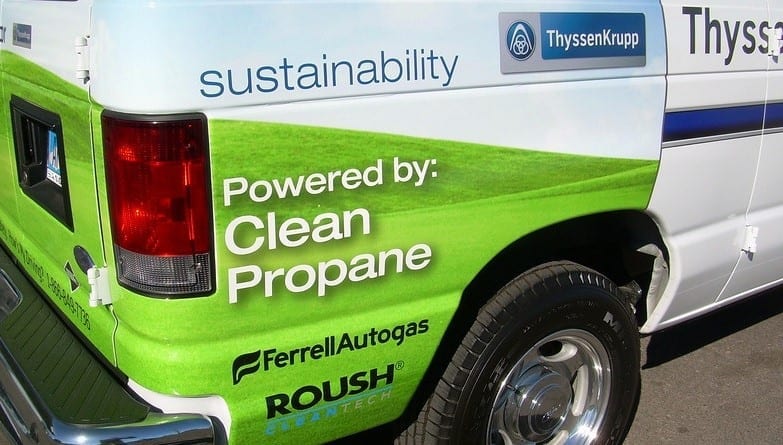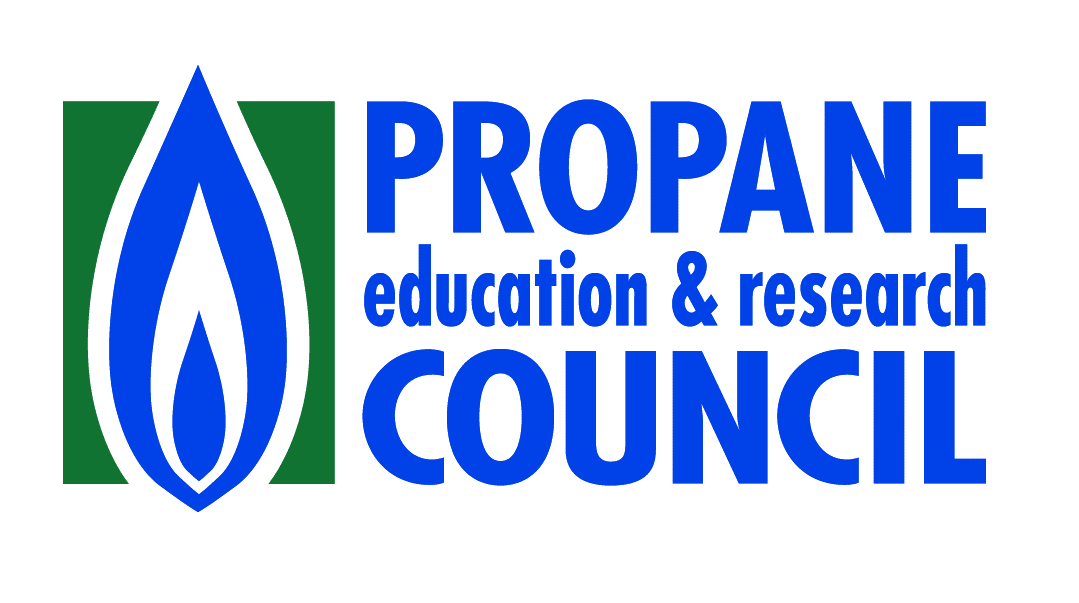Propane autogas is playing a major role in driving down emissions in our communities and has its own place on the path to zero emissions. Here is some history on how this path has evolved.
For the past few decades, the talk around the automotive fuel industry typically centered on the same three pain points: payload, costs, and range. If a fuel could solve these issues, it earned a place in the market and could be successful.
However, in more recent years, we’re starting to see a focus on a fourth category: emissions. In 2010, only four states had comprehensive carbon goals on the books. Now in 2020, more than half of the U.S. population lives in a state that has comprehensive carbon goals. As we’re learning more about how greenhouse gases, particulate matter and nitrogen oxides impact our health and environment, it’s becoming more important for fleets to take emissions into account.
Emission reductions are becoming more important for fleets to take into account, as we learn more about how greenhouse gases, particulate matter and NOx impact our environment.
When most people think about reducing emissions, it’s likely that their first thought is to emerging technologies — oftentimes electric vehicles — as a way to accomplish these goals. But there’s an energy source that is continually reducing emissions, while solving the pain points associated with payload, costs, and range: propane autogas.
How Did We Get Here?
As we consider this path, it is important to look back on how we got to where we are today before we examine where we’re going. Over the past few decades, there have been significant technological advances including direct injection engines, boosted engines, and engines with higher compression ratios, all of which have moved the gasoline and diesel industry forward. Those technologies also crossover well with propane autogas. Not only has this fuel improved its efficiency and power over time with these advancements, but it’s continually been able to lower emissions along the way — predominately particulate matter emissions, which are nearly zero with propane autogas.
Where Are We Now?
In recent years, state and local governments have passed regulations to meet lower emissions standards. That’s led the propane industry to develop several new innovations, including low NOx and ultra-low NOx engines. In real-world testing, the ultra-low NOx engine performed at a 96% reduction in NOx emissions compared to the best-in-class diesel engine, pushing NOx emissions to near-zero levels.
Propane as a fuel has improved its efficiencies over time, lowering particulate matter emissions, which are nearly zero.
Another recent innovation is propane hybrid vehicles. By converting a hybrid vehicle’s gasoline engine to propane autogas, fleets can take advantage of both electric and propane benefits: mainly, the low emissions profiles of both energy sources.
A prominent example of this technology is on display in Japan. The JPN Taxi is a factory-made LPG hybrid taxi that merges a direct-injection propane engine and a hybrid system. The vehicle would have been on display as part of the 2020 Olympics.
In the United States, Yellow Checker Star (YCS) Transportation in Las Vegas has nearly 350 propane hybrids, amounting to about 40 percent of the total fleet. According to YCS, the fleet saves the Las Vegas Valley over 800 tons of carbon monoxide and 800 tons of particulate matter per year.
Propane is prepared to work with other energy sources to reduce emissions even further on the path to zero.
Where Are We Headed?
As we look ahead down this emissions path, there are two main innovations that are going to push propane even closer to zero, specifically in terms of greenhouse gas emissions: the Cummins 6.7L propane autogas engine and renewable propane.
The Cummins 6.7L propane engine will push propane even closer to zero in terms of greenhouse gas emissions, especially with renewable propane.
The in-development Cummins 6.7L purpose-built propane engine will soon allow propane autogas to extend into the Class 8 market. The engine will leverage components from Cummins’ diesel engines that allow for higher compression ratios that produce higher efficiencies and power. The propane engine will produce 375 horsepower with 880 lbs.-ft of torque and a brake thermal efficiency (BTE) that matches diesel. Most importantly, the engine produces 11.4% less CO2 emissions than the diesel engine with the same displacement. While not yet available today, this new engine technology is currently being tested in real-world applications.
Renewable Propane is the Next Level
The second innovation, renewable propane, will take businesses to the next level of sustainability. It has all the benefits of conventional propane: clean, affordable, and with an abundant supply on the horizon. But because it’s produced from renewable, raw materials, renewable propane has an even lower carbon intensity score than conventional propane and is far cleaner than other energy sources.
Renewable propane is a byproduct of the renewable diesel and jet fuel production process, which converts plant and vegetable oils, waste greases, and animal fat into fuel. The renewable energy source is currently produced in U.S. refineries in California, Texas, and Louisiana as part of their renewable diesel production systems. With new cellulosic sources, many experts say the entire worldwide demand can be met with renewable propane by 2040.
Renewable propane is a byproduct of renewable diesel and jet fuel production, which converts plant and vegetable oils, waste greases, and animal fat into fuel.
Renewable propane’s chemical structure and physical properties are the same as conventional propane. It behaves in the same way as propane autogas and can be used in any existing propane autogas engine and fueling infrastructure. It is truly a drop-in fuel. At the point of combustion, renewable propane is carbon neutral, meaning no new carbon is added to the atmosphere.
Looking down this path, propane autogas has found several ways to tackle particulate matter, nitrogen oxide, and greenhouse gas emissions through these innovations – and the future only looks cleaner from here. As engine fuels continue to aggressively move to zero emissions, propane autogas is leading down the path.
To learn more about propane autogas vehicles, visit Propane.com/Fleet-Vehicles.



